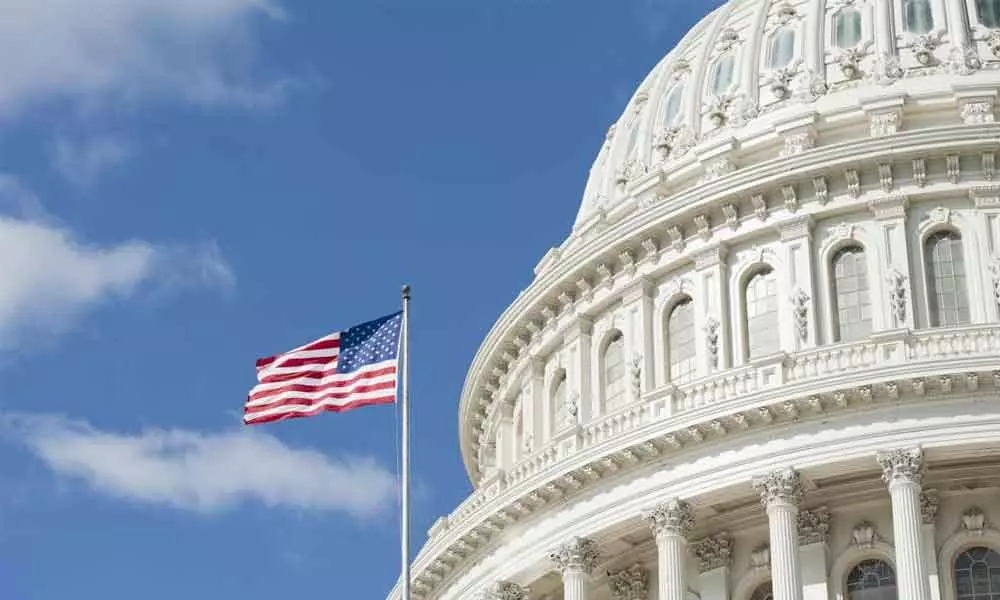How the US presidential election impacts on the US dollar
Share :

How the US presidential election impacts on the US dollar
Like all major currencies, the US dollar is vulnerable to a number of macroeconomic events and geopolitical shifts, which is why there’s an historic trend for volatile price movements during the build-up to the Presidential election
Like all major currencies, the US dollar is vulnerable to a number of macroeconomic events and geopolitical shifts, which is why there's an historic trend for volatile price movements during the build-up to the Presidential election.
This trend has been even more pronounced this time around, however, with election uncertainty having been compounded by a coronavirus pandemic that has caused the dollar to fluctuate wildly in more ways than one since March.
In this post, we'll chart the performance of the greenback during 2020, while explaining the precise impact of the upcoming election.
The Dollar Index and its Turbulent 2020
According to Arthur Idiatulin from Tickmill, bearish bets on the US dollar have increased markedly since the beginning of 2020, with the dollar index (which measures the greenback against a basket of its peers at any given time) fluctuating significantly throughout Q2 and Q3.
Make no mistake; the Dollar index plunged by more than 10% between late March and the end of August, as coronavirus cases continued to spike and the Federal Reserve engaged in a host of quantitative easing measures such as slashing the base interest rate to near zero, expanding its balance sheet and introducing a raft of credit facilities to support an ailing financial system.
This saw the value of short positions assumed against the USD rise to their highest level since the end of 2017, according to interesting data released by Bloomberg.
This trend peaked during the summer, as the dollar continued to look vulnerable and lose ground against major rivals such as the pound and the Euro.
Despite a recent rally towards the end of October, however, the Dollar Index has struggled to break above the 94.20 mark, while it remains well short of its 100.47 high recorded earlier in 2020.
Election uncertainty remains central to this, of course, as does the prospect of a further, £2.2 trillion stimulus package being approved by Congress.
Appraising the Election and its Impact on the Markets
It may be argued that the uncertainty caused by the US election has been minimised by Biden's healthy poll lead, which has remained consistent at a national level since the summer.
However, the race is considerably closer in key swing states such as Florida, and this continues to create unease amongst investors and undermine the relative safe haven status of the greenback in a volatile economy.
Not only this, but the election of a new President always creates a period of volatility in the markets, and in this respect the removal of Donald Trump from the Oval Office would lead to a challenging and ultimately difficult fourth quarter.
But how would a Biden win impact the USD and the wider markets going forward? The answer remains relatively unclear from the perspective of the greenback, not least because the dollar's strength is underpinned by growing market confidence.
However, a strong dollar can also create headwinds for trade, and the likeness is that a Biden administration will eschew Trump's protectionist approach and create a more collaborative (and consistent) approach to international trade.
Such an approach would involve repairing relations with China and rehabilitating the global economy through the World Trade Organisation (WTO), and this would arguably benefit stocks more than it would the greenback and other major currencies.
So, while the Dollar Index may continue to underperform throughout Q4 and into 2021 under a Biden premiership, stocks and equities would see an instant surge if the Democrat candidate made his way into the Oval Office.
















